6 Highlights on Thailand’s Factory Clean Rooms
6 Highlights on Thailand’s Factory Clean Rooms
Cleanrooms are an essential part of manufacturing sites, which demands high levels of cleanliness. The cleanrooms enable your production sites to become free of germs and dust particles. Many industries, such a high level of sanitary, would inevitably need cleanroom facilities. In Thailand, numerous firms operate in these business areas, and the demands for cleanrooms are pervasive. Some of the most common industries with cleanrooms would include food and drugs, chemicals, electronics, and medical equipment. These industries need to ensure that the cleanliness of their products is vital. Otherwise, their products can inflict harmful effects to users. Therefore, if you are in these industries and require to install a cleanroom in your manufacturing site, you should find this article useful. It highlights 6 valuable insights into Thailand’s cleanrooms.
1. Some general information on a cleanroom
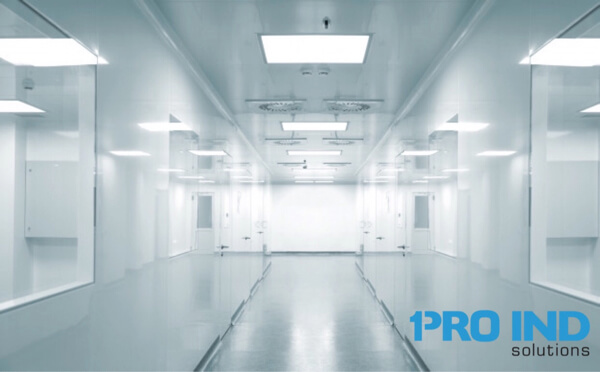
We can describe a clean room as a sterile room, which controls the level of germs and dust particles under the prescribed limit, while eliminates the existing contaminants within the cleanroom simultaneously. Also, cleanrooms control other factors that may increase dust particles and germs. For example, wind speed, temperature, pressure, and humidity are some fundamental elements that can adversely affect the amount of dust that enters the room, as well as the growth rates of microbes, pathogens, and others. Cleanroom limits these factors to provide clean manufacturing environments, necessary for many industries.
2. What are the specifications of the Clean Room of the factory?
For cleanrooms, there are clearly defined specifications. You can distinguish their various types of as followed:
- Temperature-controlled cleanrooms- These facilities would control the temperature ranges, generally 72 oF (22.2 oC) ±0.25 oF (0.14 oC). Temperature is an indispensable control factor since it can affect the growth rates of microbes significantly. Your manufacturing needs would determine the appropriate working environment.
- Humidity-controlled clean rooms- Thailand is a tropical country with very levels of humidity. Most cleanrooms allow you to set the desired humidity level, which is usually about 50 ± 10%. Some products are hygroscopic, and they can deteriorate from excessive humidity. Also, moisture can cause rust contaminations on your materials. Clean rooms allow you to set suitable humidity levels in your factories.
- Positive pressure- The cleanroom allows you to produce positive pressure against dust particles in the atmosphere from entering the production area. Most cleanrooms utilize a pressure difference of at least 0.05 inches of water to omit contaminated agents in the air from entering the premises.
- Lighting- Most clean rooms in Thailand offer lighting intensity of between 1,080 to 1,620 lux unless you have specific requirements.
3. Type of Clean Rooms.
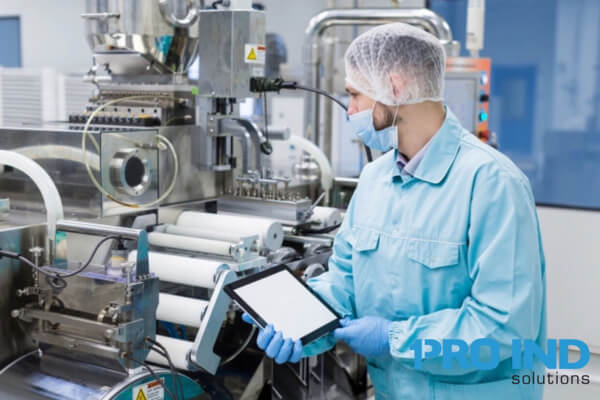
You can identify 3 types of cleanrooms following the air-circulation characteristics.
3.1 Conventional Clean Room- This type offers the cleanliness of Class 1,000 to Class 10,000, and they have the air flows similar to those of the air conditioning systems. With this system, they use HEPA filters to clean the air, but these filters require routined replacements. The filters in these clean rooms restrict dust particles within the air.
3.2 Horizontal Laminar Clean Room- This type offers the cleanliness of Class 100 by utilizing a constant airflow through its HEPA filters. Usually, the filtration system of this type would be installed on one side of the wall, and the air that permeates into the premises must pass through the filters. On the ceilings, there are ventilation fans that draw the air out of the facility. In Thailand, we often find this type of cleanroom in electronics, laboratories, and biotechnology companies.
3.3 Vertical Laminar Clean Room- This last type of cleanrooms has a cleanliness level of approximately Class 100. They install the HEPA filters to the ceilings of these facilities. This system channel the airflow from the ceiling through the vertical HEPA filters to the space inside the room. This system is viable in the electronics industry.
4. Type of cleanrooms, according to the factory uses.
You can find the various kinds of cleanrooms according to the businesses as followed:
4.1 For standard clean rooms, we typically see this type in:
● Various chemical industry
● Microchip electronics manufacturing industry
● Paint industry
● Film production industry
4.2 Biological clean rooms, which safeguards the highest priority against bacteria, would utilize a different pressure level to omit air from other areas to enter the facility. We often find these cleanrooms in these fields:
● Biology laboratory
● Pharmaceutical industry
● Operating rooms
4.3 Biohazard clean rooms prevent viruses and harmful substances from entering and exiting the premises. This specialized cleanroom would set the inside atmospheric pressure to be lower than the pressure level of the outside areas. This mechanism prevents the germs from contaminating the outside air.
5. What mechanisms and protocols do we usually find in cleanrooms?
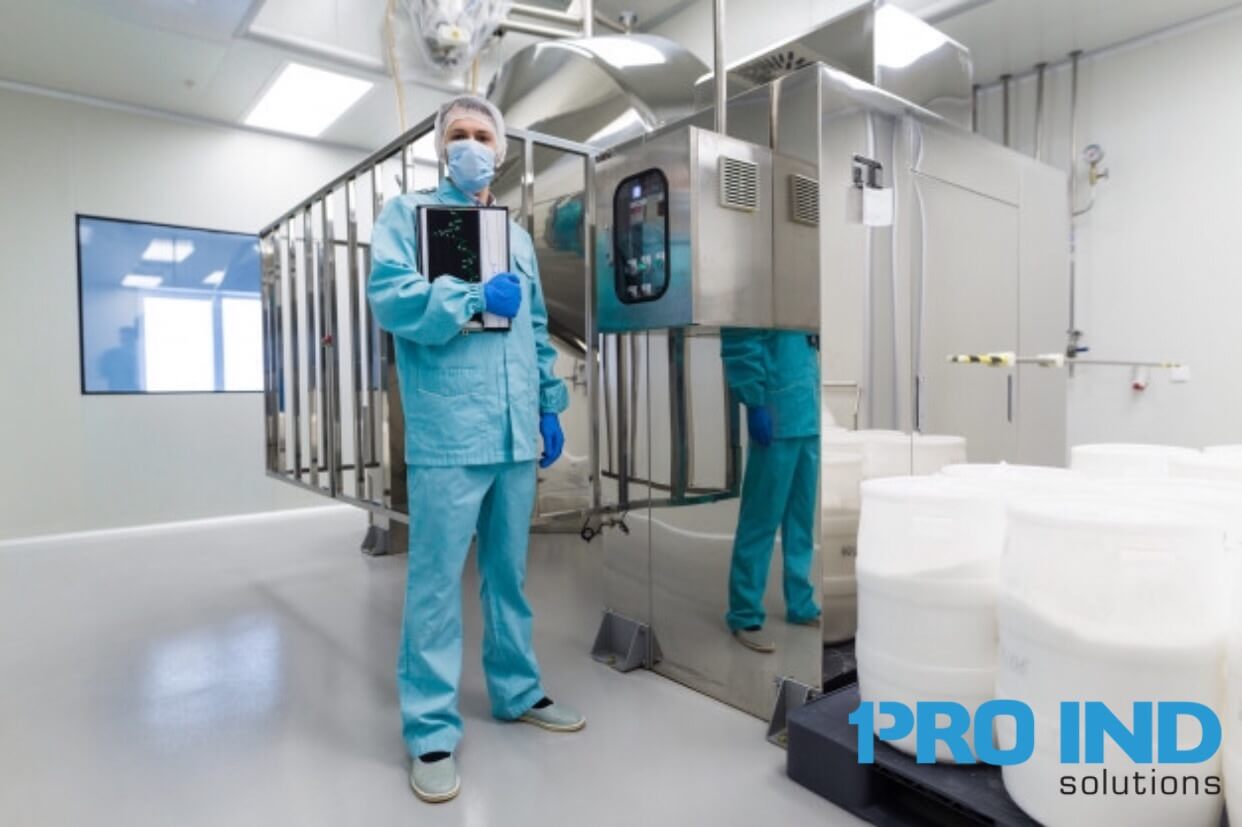
5.1 They would create higher atmospheric pressures (positive pressure) for the cleanroom to prevent polluted outside air from infiltrating the facility.
5.2 The filtration system would utilize HEPA filters to circulate clean air within the cleanroom area.
5.3.Before entering the facility, the staff has to be completely clean by undergoing the air washer process.
5.4 Every person in the cleanroom must wear specialized clothing.
5.5 The movement of workers in the facility must be slow.
5.6 The cleanroom would circulate the air within and occasionally let out the small quality of air. This process helps reduce dirt and unwanted particles.
5.7 Walls, floor tiles, and ceilings use specific construction materials, which do not accumulate dust and easy to clean.
5.8 Materials and equipment within the facility must not cause dirtiness.
5.9 The construction of cleanrooms is entirely air-tight. Occasionally, the specialists would design certain spots within the cleanroom to have air-suction features. This mechanism helps mitigate dust particles within the area.
5.10 Cleaning the cleanroom must follow the strict protocols to sustain its stringent standards.
6. How to distinguish Clean Room classes?
6.1 Class 100 means a room with particles of 0.5 microns or less, and there are less than 100 particles per cubic foot of air.
6.2 Class 1,000 means a room with particles of 0.5 microns or less, and there are less than 1,000 particles per cubic foot of air.
6.3 Class 10,000 means a place with particles of 0.5 microns or less, and there are less than 10,000 particles per cubic foot of air.
In summary, this article highlights practical insights into Thailand’s clean rooms. They are essential to many businesses, such as cosmetic factories, food, pharmaceutical manufacturers, electronic component business, and laboratories. The cleanrooms help alleviate their product quality, and ensure that their products do not cause harmful adverse effects on users. Also, these facilities help prevent deterioration of their products. We hope you find this article useful.
Also, we offer rental factories with a cleanroom facility in Thailand. Our built-to-suit factory and warehouse rentals offer specialized rental programs, and we can build a rental factory that reflects your requirements. Alternatively, some of our clients lease out our standardized factories and install the cleanrooms themselves. We can help you with various flexible rental offers that best tailor your business needs.
Finally, if you are interested in renting a high-quality factory or warehouses in Thailand, please feel free to contact us anytime. Our properties have complete functions, and they are in excellent locations. Plus, we support our customers with free repair services throughout the leases as well as a full range of customer support services. Our projects have high-security systems with 24-hour security guards, and CCTVs.
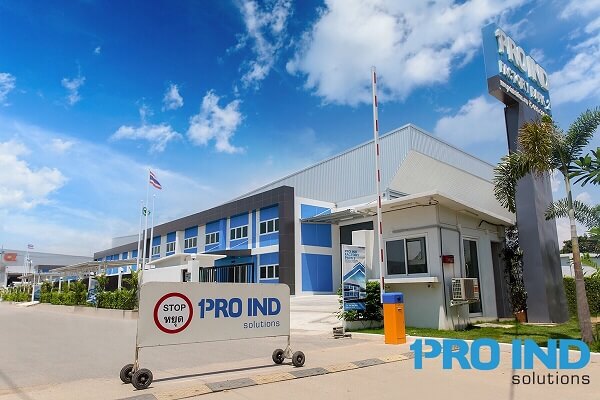
Sources:
http://www.charmace.com/blog/article/1139.html
You might also like.
- 8 Things to Know About the Revised Thailand Factory Act The new Factory Act came into effect on October 27th, 2019. The government encouraged investment in the industrial sector...
- There are 8 Convincing Advantages of Renting a Factory or a Warehouse. When entrepreneurs establish their businesses or expand their operations, choosing the appropriate factory o...
- 8 Things to Consider in a Factory and Warehouse Rental Contract in Thailand Factory rental and Warehouse rental have become a prominent choice for business people today. Because of...
- Five innovations that PRO IND factories and warehouses for rent use for heat prevention. Global warming is getting worse every year, and Thailand is greatly affected. It has advers...
- There are 5 essential reasons why we should focus on heat prevention inside the factory and warehouse. The hot weather in Thailand does not seem to lessen. From statistics, the te...
- Five reasons examine why the Samut Prakan province did not flood when Thailand's Big Flood in 2011 occurred. When there was a big flood in 2011, Samut Prakan Province was virtual...
- 5 reasons why renting a factory or a warehouse in the Bangna-Trat area is an excellent idea for conducting your business in Thailand. Many people may wonder why they should rent fa...
- 4 Taxes Related to Factory Rentals and Warehouse Rental Currently, many entrepreneurs and business people are renting factories and warehouses for their business operations because...
- 6 Advantages of Setting up your Factory and Warehouse in Samut Prakan When deciding on the area to base your factory or warehouse, surely, Samut Prakarn would come up as one of the...
- 6 Factors in Choosing an Ideal Rental Factory or Warehouse for Your Business. We present six vital factors in determining the right factory or warehouse for your business. Picking ...
- 6 Things to Know about Establishing a GMP Food Factory in Thailand There are strict rules and standards imposed by the government and relevant authorities to adhere to the quality ...
- The Difference between 3-Phase Factory Electricity and 1-Phase Ordinary Electricity What is the difference between 3-phase and 1-phase electrical systems? Which model is suitable f...
- 5 Things you should Know Before Renting your First Warehouse. As your business prospers, you need substantial space to store your products and raw materials. Selecting your first w...
- 10 Features of Excellent Rental Factory and Warehouse Layouts Factory and warehouse layouts are critical to entrepreneurs and business owners' successes in their production. Rentin...
- 6 Advantages of uPVC Windows and Doors for Factory and Warehouse Many customers, who have visited our factory-and-warehouse-rental projects, are delighted with the quality of our d...
- 5 Typical Scams in Factory and Warehouse Rentals Recently, entrepreneurs and business owners are preferring to rent factories and warehouses rather than owning these properties the...
- 3 Benefits of Epoxy Floor Coatings for Factory and Warehouse. Epoxy floor coating is a synthetic rubber that is produced by the chemical reaction between Epoxy and Polyamine combin...
- 10 Effective Ways to Prevent Factory and Warehouse Fires The warehouse and factory buildings are essential to all types of operating businesses. Frequently, they are the businesses...
- 5 Practical Ways to Save Energy in your Rental Factory and Warehouse Modernized factories and warehouses nowadays are undergoing a drastic change: many factories and warehouses are...
- 7 Insights on Lean Management to Reduce Costs and Increase Profit for Factory Operators The lean system (LEAN) is an ideal practice for factory operations. It helps decrease avoida...
- 4 Advantages of PU Roofs for Rental Factory and Warehouse PU Foam insulation is an excellent material for omitting heat transfer into our rental factory and warehouse areas. It com...
- Key Points on Thailand's BOI: Clear Implications for Factory and Warehouse Operators Board of Investment of Thailand (BOI) has the core responsibility in promoting foreign direct i...
- 7 Benefits of Aluminum Composite, and Because of these Reasons, We use it for our Rental Warehouses and Factories. Presently, in the construction materials sector, we frequently no...
- 8 Significant Expenses Related to a Factory and Warehouse Rental in Thailand Renting a factory or a warehouse when you establish your company in a new country is a vital step in yo...
- 8 Questions to Ask When Choosing Warehouse for Rent in Thailand Selecting a suitable warehouse rental is imperative to business success. The current business landscape demands stra...
- Thailand’s Various Rental Warehouse Types and their Purposes This article would distinguish the various warehouse for rent types in Thailand. We can identify a warehouse facility a...
- 4 Safety Dimensions for Factory and Warehouse Operations In successful industrial enterprises, there are many factors that entrepreneurs and plant operators need to consider. Safet...
- Warehouse Management Techniques. How to Practice Warehousing Activities Efficiently for your Business? In manufacturing businesses, warehousing creates substantial financial impact...
- 5 Factors to Consider when Renting a Factory or Warehouse in Thailand Selecting a high-quality rental warehouse or factory is a fundamental step in a successful business establishm...
- 4 Necessary Steps for your Factory and Warehouse Relocation Factory and warehouse rentals have become the current viable choice for business operators because this choice offers ma...
- 5 Things to know about Thailand’s Cold StorageWarehouse for Rent A cold storage warehouse is a warehouse that controls the temperature in the storage area, and the appropriate temp...
- 5 Negotiation Tips for Thailand’s Factory and Warehouse Rental Contracts Selecting a factory and warehouse for rent is an integral part of your business success. In Thailand, succe...
- What are the Similarities and Differences Between the GMP and HACCP Standards in a Factory in Thailand? Two crucial, global standards for food manufacturers are the GMP and HACCP s...
- 7 Things to Know about Establishing a HACCP Manufacturing Facility in Thailand The HACCP system stands for Hazard Analysis and Critical Control Point System. Food production employ...
- 4 Insights on Thailand’s Bonded Warehouse Currently, rental bonded warehouses in Thailand have gained much popularity among business people. Bonded warehouses are especially useful...
- 3 steps to rent a factory and warehouse in Thailand and everything you should know to help you prepare when looking for factories for rent and warehouses for rent. Nowadays, factor...
- 7 crucial factors in choosing a factory and warehouse location in Thailand 7 crucial factors in selecting a rentalwarehouseor factory location in Thailand. This article is relevant...
- 5 things you need to know when choosing a factory for rent and a warehouse for rent in Thailand Quality factories or warehouses for rent can boost the tenant's company image and cr...
- 7 Advantages of Renting Warehouses in Pro Ind Warehouse Park 4 Project Renting a warehouse is a crucial step in managing business inventory, whether for small or large businesses....
- 8 Special Services When Renting a Factory, or Warehouse with Pro Ind Solutions Co., Ltd. At Pro Ind Solutions Co., Ltd., we prioritize the quality of our rental factories, and our ...
- 6 Advantages of Renting an Elevated Warehouse for Rent Choosing an efficient warehouse for rent is a crucial factor that significantly impacts the success of business operations to...


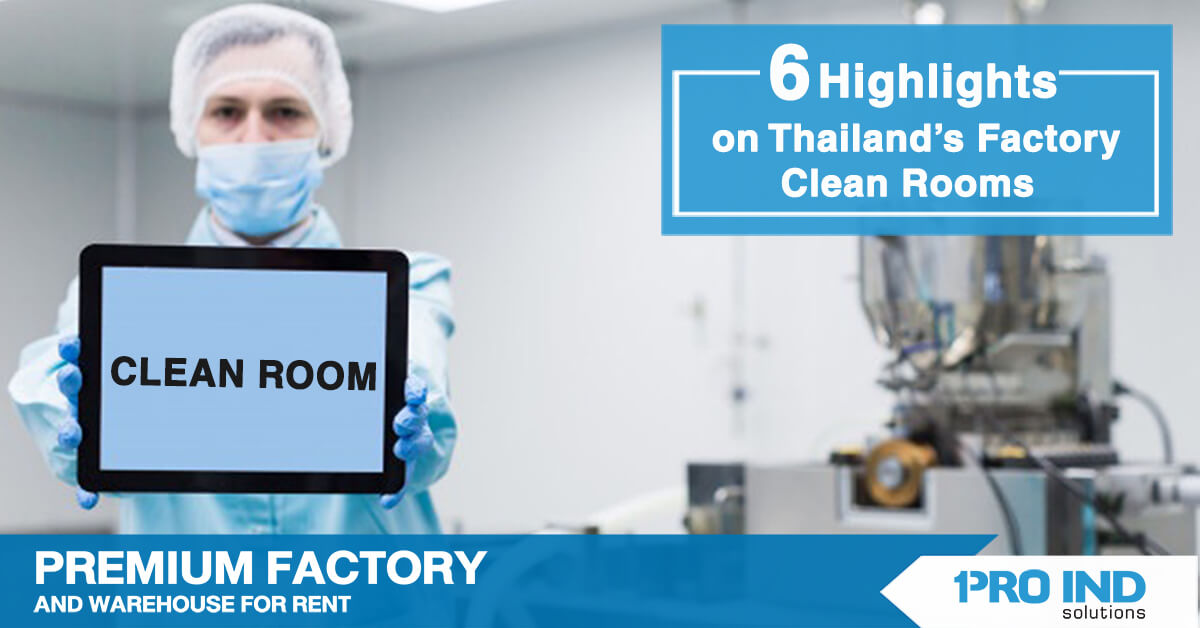
.png)
.png)

